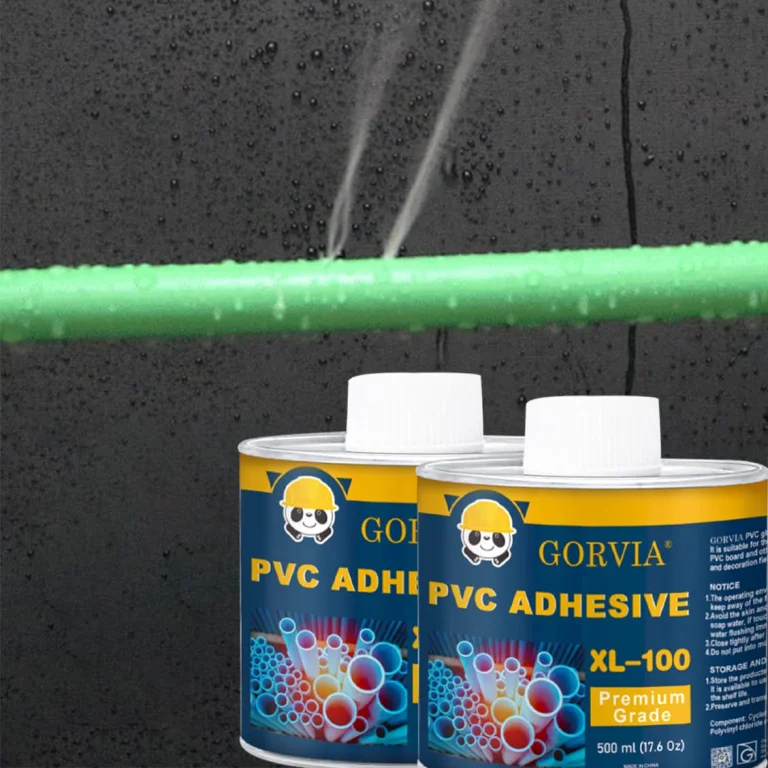[[data.name.value]]
[[metadata.defaultData.name]]
[[data.title.value]],
[[metadata.defaultData.title]],
[[data.company.value]]
[[metadata.defaultData.company]]

What are the Key Differences between Permanent and Removable Adhesives
Permanent adhesives and removable adhesives are the two main categories that dominate the market for adhesive goods. Both have significant functions in a variety of sectors, and knowing the main distinctions between them will help you choose the best adhesive for your particular requirements. We shall examine the features and uses of both permanent and removable adhesives in this article, emphasizing their distinct benefits.

Bonding Strength:
Their bonding strength is one of the key differences between permanent and repositionable adhesives. Permanent adhesives are intended to provide a solid, durable bind that is difficult to break. They are perfect for industries like construction, vehicle manufacturing, and heavy-duty packaging where long-lastingness and stress resistance are essential. Removable adhesives, on the other hand, provide a weaker bonding strength and enable simple removal without leaving behind residue or harming the substrate. They are often used in projects like labels, posters, and temporary signs.
Removability:
As was already noted, one characteristic that distinguishes removable adhesives is their capacity to be removed without causing harm or leaving behind residue. They are designed to provide just transient bindings that may be quickly removed or reinstalled without causing any harm. Because of their quality, they are suited for flexible applications including removable stickers, wall decals, and protective films. Permanent adhesives, on the other hand, are designed for long-term bonding and may need extra work to remove or dissolve the sticky bond.
Residue:
The residue that adhesives leave behind after being removed is another important difference between permanent and removable adhesives. Permanent adhesives can leave behind a residue on the substrate that may be difficult to remove and may call for solvents or specific cleaning solutions. The surface's look or usability may be impacted by this residue. However, removable adhesives are designed to leave as little or no residue behind, guaranteeing a spotless surface following removal.
Flexibility:
Permanent adhesives provide a strong, unyielding bind thanks to their high degree of stiffness. They are appropriate for tasks like bonding metals, polymers, or ceramics that call for stability and strength. Disposable adhesives, on the other hand, provide flexibility and may adhere to a variety of surfaces, including fragile ones like paper, cloth, and glass. Because of their adaptability, they are perfect for situations where repositioning or removal without causing harm is necessary.
Applications:
Different businesses and sectors use both permanent and repositionable adhesives. Where a solid and durable bond is necessary, permanent adhesives are often employed in building, carpentry, automotive, and industrial manufacture. On the other side, removable adhesives are often utilized in the retail industry, exhibits, and events where it is common to see temporary signs, displays, and branding materials.
It's important to purchase from reputable manufacturers while seeking for trustworthy adhesive solutions. China Adhesive Manufacturers, who provide a variety of high-quality goods, have established themselves as leaders in the adhesive sector.
Conclusion
While removable adhesives give transitory bindings that can be quickly removed without leaving behind residue or harming the surface, permanent adhesives create a strong and long-lasting bond that is difficult to remove. Every kind of adhesive has special benefits and uses that are tailored to various businesses and purposes. Consider the precise criteria and intended results while choosing the appropriate adhesive for your project.
Read more
Read less
[[ metadata.translations.contactme ]]